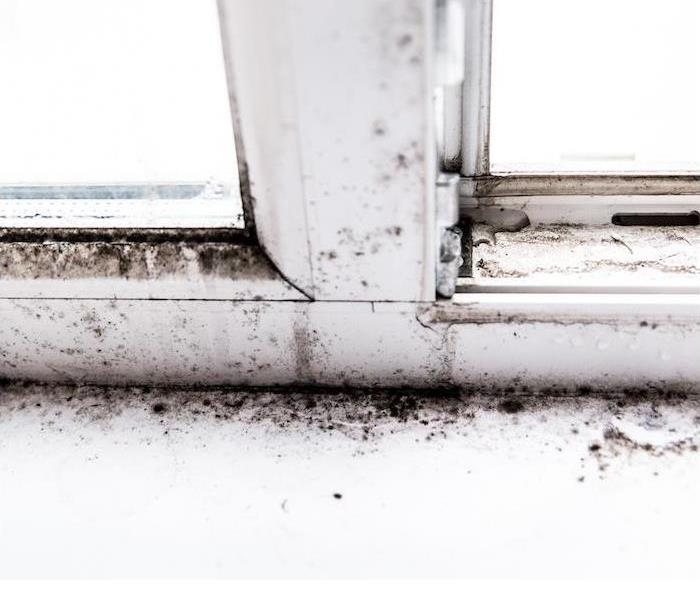Winter Mold Prevention: Keep Your Home Safe with SERVPRO | SERVPRO of La Vernia, Pleasanton
1/8/2025 (Permalink)
As winter settles in, many homeowners focus on staying warm and cozy. However, the cold and wet winter months can create the perfect conditions for mold growth in your home. High humidity, condensation, and inadequate ventilation are all factors that can contribute to mold problems during this time of year.
At SERVPRO of La Vernia, Pleasanton, we want to help you protect your home from mold with these practical tips for winter mold prevention.
Maintain Optimal Indoor Humidity
Indoor humidity is a leading cause of mold growth during the winter season. As you turn on your heating system to keep your home warm, it can create an environment where moisture accumulates. This excess moisture can result in mold spores finding the perfect conditions to grow, especially in areas like bathrooms, kitchens, and basements.
To prevent this, keep indoor humidity levels between 30% and 50%. A simple hygrometer can help you measure the humidity in your home, while a dehumidifier can be used to maintain proper moisture levels. Make sure to use exhaust fans in high-moisture areas, such as when cooking or showering, to keep humidity levels in check.
Ensure Proper Ventilation Throughout Your Home
Proper airflow is essential in preventing mold growth, especially in areas of your home that may trap moisture. During winter, we often keep windows and doors closed to retain heat, but this can limit the airflow needed to control moisture. Without ventilation, mold can begin to grow unnoticed.
To combat this, make sure your home is adequately ventilated, especially in moisture-prone areas like bathrooms, laundry rooms, and kitchens. Regularly open windows when weather permits, or use exhaust fans and small portable fans to circulate air and reduce humidity. Installing vent covers or attic fans can also help keep air flowing freely and prevent damp, stagnant air from causing mold problems.
Check Your Roof, Gutters, and Windows for Leaks
Winter weather, including rain and snow, can often cause hidden damage to your home’s roof, gutters, and windows. Leaky roofs and clogged gutters can result in water infiltration, which may lead to mold growth in walls, ceilings, and attics. Before winter sets in, it’s important to inspect your roof for missing shingles or any signs of wear that could allow water inside.
Clean out gutters and downspouts to ensure proper water flow. Additionally, check your windows for leaks and ensure that seals are intact. If you find any issues, make necessary repairs to prevent water from entering and creating a breeding ground for mold.
Protect Your Home from Mold This Winter
Mold growth can have serious consequences on both your home and your health. By following these mold prevention tips, you can help protect your home from potential damage during the colder months. If you do spot mold growth or suspect you have a mold problem, don’t wait—contact SERVPRO of La Vernia, Pleasanton for professional mold remediation services. Our team is here to help you restore your home and ensure a safe, healthy living environment.
Ready to protect your home from mold this winter? Call SERVPRO of La Vernia, Pleasanton today for expert mold prevention and remediation!





 24/7 Emergency Service
24/7 Emergency Service
